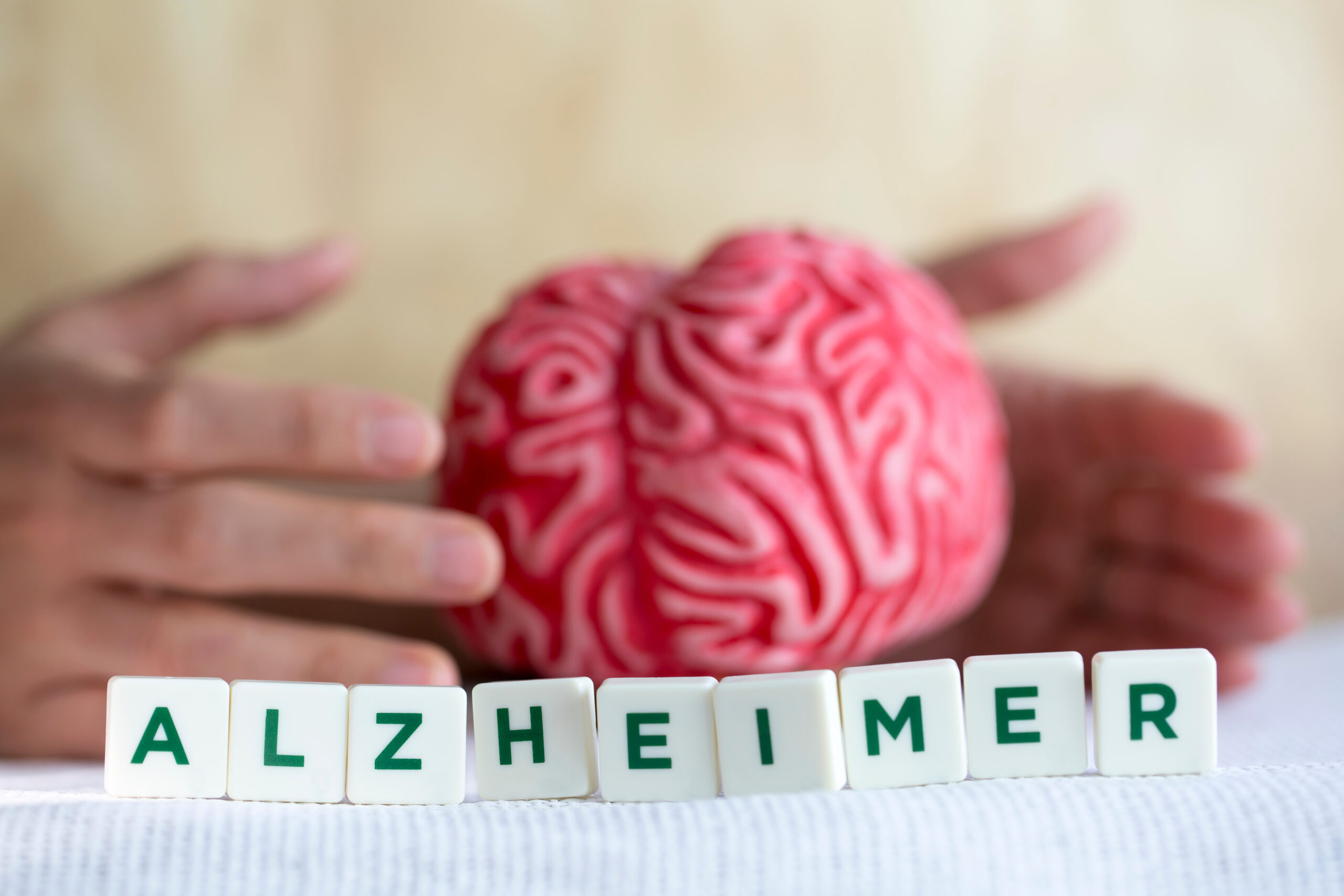Recent Advances in Neuroimaging Technologies for Dementia
Recent Advances in Neuroimaging Technologies for Dementia
Dementia, a condition that affects millions worldwide, is a significant challenge for healthcare systems. Recent advancements in neuroimaging technologies have been instrumental in improving our understanding of dementia, particularly in diagnosing and treating it more effectively. These technologies include positron emission tomography (PET), magnetic resonance imaging (MRI), and functional magnetic resonance imaging (fMRI), among others.
### Understanding Neuroimaging Technologies
1. **Positron Emission Tomography (PET):** PET scans are crucial for quantifying neuropathology, inflammation, and metabolism in the brain. They use novel ligands to target specific proteins like amyloid, tau, and synaptic density, providing insights into disease mechanisms. For instance, amyloid imaging has already changed the design of clinical trials and identified new drug targets[1].
2. **Magnetic Resonance Imaging (MRI):** MRI offers detailed images of brain structure and function. High-field MRI, such as 7T MRI, enhances spatial resolution, allowing for precise examination of brain connectivity and vascular risks. Techniques like Arterial Spin Labeling (ASL) are emerging as non-invasive methods to assess blood flow, which is linked to glucose metabolism, making them potential alternatives to FDG-PET for early dementia detection[3].
3. **Functional Magnetic Resonance Imaging (fMRI):** fMRI tracks changes in blood oxygenation to map brain activity. It provides insights into neural function during cognitive tasks or at rest, helping identify early functional changes in dementia. However, fMRI has limitations in temporal resolution, making it less suitable for capturing rapid brain activity changes[2].
### Applications and Future Directions
These neuroimaging technologies are not only improving diagnosis but also enhancing our understanding of dementia’s underlying mechanisms. By combining imaging data with artificial intelligence (AI) and machine learning, researchers can develop more accurate diagnostic tools and personalized treatment strategies. Explainable AI (XAI) is particularly promising as it makes AI-driven diagnostics more transparent and trustworthy, which is crucial for clinical applications[5].
Moreover, data sharing and open science initiatives are facilitating collaboration and accelerating research. Platforms like the Dementias Platform UK Portal enable researchers to access large datasets, conduct meta-analyses, and refine diagnostic models. This collaborative approach is essential for realizing precision medicine in dementia care[1].
In conclusion, recent advances in neuroimaging technologies are revolutionizing the field of dementia research. By leveraging these technologies, scientists aim to develop more effective diagnostic tools and treatments, ultimately improving the lives of those affected by dementia.





